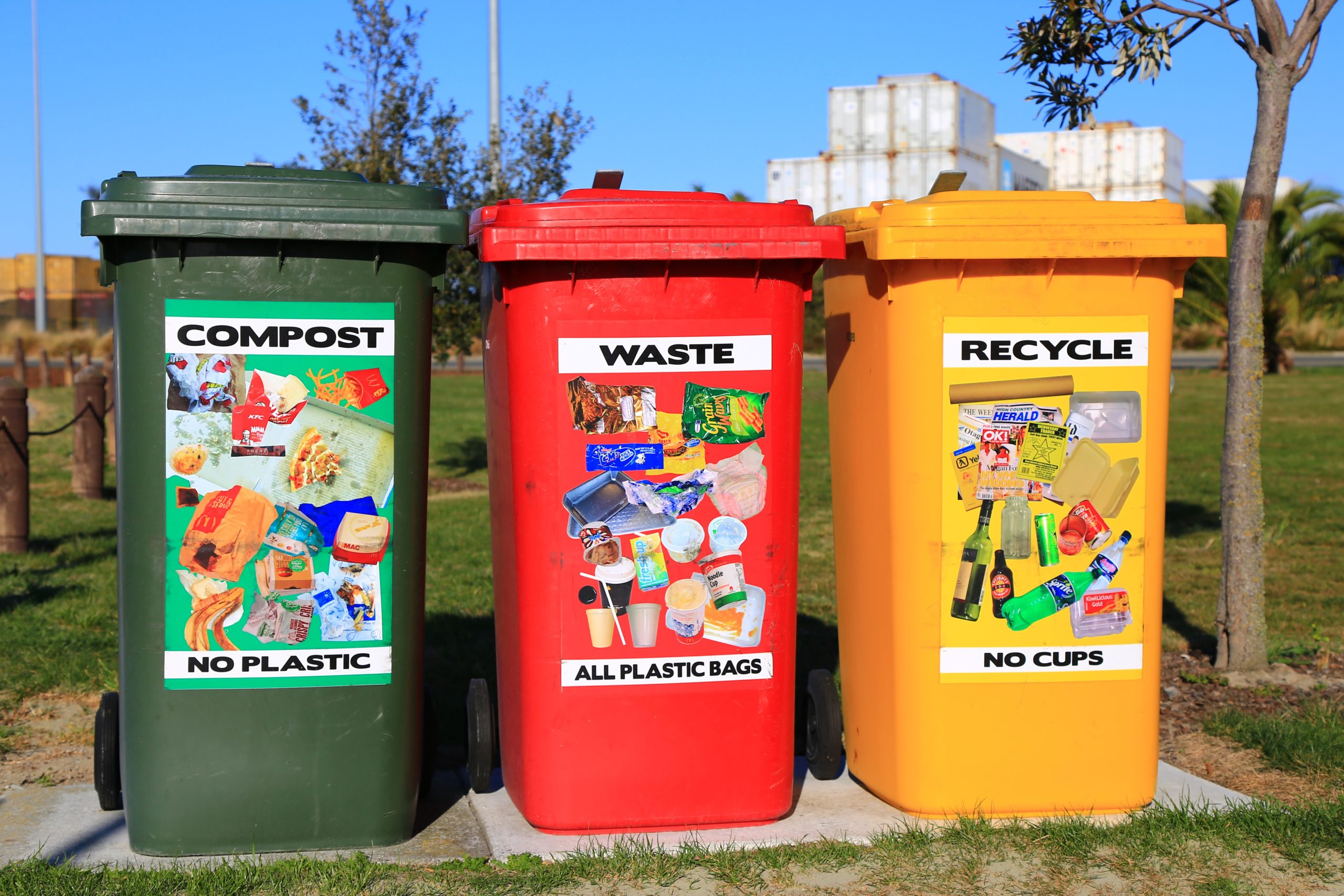How do office practices impact climate?
Corporate environmental responsibility (CER), also known as “green CSR” aims to reduce the impact of business operations on the environment. Having a green office can help reduce energy consumption, waste, and CO2 emissions; improve the organisation’s supply chain to a more eco-responsible one while supporting green initiatives. Among other benefits, it raises staff awareness, inspires and encourages other organisations to engage in environmental stewardship.
Why are individual actions important?
Everyone can take daily measures to reduce their carbon and environmental footprint, in their private life but also at work. Within their organisation, individuals can act in various ways such as saving energy, water and resources, green commuting or reducing waste. They can inspire other colleagues, create a domino effect and trigger more climate action at the organisational level. Therefore, whatever the position or role, individuals’ actions count. Organisations can build upon them to further engage in green corporate environmental responsibility.
Why is this a key issue for the aid sector?
Humanitarian crises will increasingly be the product of climate crises and it is therefore important to act to prevent the magnitude of these. For this reason, having individual environmentally-friendly practices at the office when working in an aid organisation is an important factor when it comes to coherence between the values of working in this sector, the mission of the organisation and the day-to-day practices.
How can we act?
There are simple actions that can be taken in every office to help reduce the individual and collective environmental impact. They range from the way one comes to work, brings food from home, reduces meat, prints less, avoids plastic, increases the life of furniture and IT equipment, improves food choices, etc.

What are the gains?
Green office practices are innumerable, easy to apply in different regions and contexts and visible to all. By suggesting and taking action, individuals can improve their daily work and reduce their impact on the environment, as well as feel a sense of pride in acting and inspiring their colleagues and organisation.
-
Point of attention
The organisation should create a safe working environment in which individuals feel comfortable suggesting and taking proactive actions regarding the environment. If the organisation is supportive enough, these individual green practices can become more frequent and become the basis for a more ambitious corporate environmental responsibility policy (bottom up approach).
Key solutions
#1 Commute greener
Organisations can encourage their staff to:
- Propose to colleagues who live nearby to come to work in the same car
- Walk or cycle to the office, use public transport, carpooling or carsharing systems
- Work from home
#2 Eat greener & reduce food waste
Organisations can encourage their staff to:
- Eat less meat and choose diversified vegetarian options
- Avoid coffee machines that use capsules. Buy coffee, tea and sugar in bulk
- Use reusable mugs. For lunches on the go, refuse disposable dishes, bring reusable cutlery instead
- Take home food that would otherwise be wasted
#3 Limit digital impact
Organisations can encourage their staff to:
- Clean up email and digital storage regularly
- Avoid sending attachments, prioritise links and hyperlinks, prioritise the exchange of office documents on a shared platform, such as Clouds, One Drive, Google Drive, Teams, Slack
- Limit the “reply to all”
- Change search browsers. Some donate part of their income to social or environmental projects: Ecosia, Ecogine, Ecosearch, Lilo
- Unsubscribe from useless newsletters. Automatic applications exist to help with this such as cleanfox
#4 Make printing efficient
Organisations can encourage their staff to:
- Avoid printing
- Print on both sides and in black and white
- Use scrap paper (e.g. printed on one side) for drafts
#5 Opt for eco-friendly furniture & equipment
Organisations can encourage their staff to:
- Use the logic: refuse, reduce, repair, reuse, recycle
- Take care of equipment to increase its life. For digital, switch off computers when away for more than 1 hour, set devices to go into sleep mode after 3 min, unplug when powered down
- Avoid asking for the renewal of equipment when it is still working
- Opt for refurbished devices, fewer screens and not too big
#6 Save energy
Organisations can encourage their staff to:
- Unplug electronics and turn off lighting when leaving
- Reduce heating by 1 or 2°C, to be at 19°C on average
- Reduce air-conditioning
- Avoid opening the windows when the air conditioning/heating is on, ask to adapt the temperature instead and bring a scarf, close the shutters during the evening period to avoid losing heat and open windows at night to bring in fresh air
- Make the most of daylight
#7 Save water & protect ecosystems
Organisations can encourage their staff to:
- Close taps
- Use the economic flush mode and do not flush the toilet before use
- Never throw cigarette butts on the ground
#8 Promote eco-responsibility with partners & engage in green initiatives
Organisations can encourage their staff to:
- Suggest and engage in green initiatives, share achievements and efforts to reduce the carbon footprint with colleagues and the organisation
- Contribute to raising awareness and collectively scaling up the impacts
Outils et bonnes pratiques
- Calculate your ecological footprint, Global Footprint Network (EN, FR)
- Digital – what do we do?: Infographic, impacts & good practices (FR)
- The climate game - Can you reach net zero by 2050?, Financial Times
- Flight decision tree, ETH Zurich
- Eco-friendly public offices, DITP, 2021 (FR)
- Guide de l’Ademe “Eco responsable au bureau”, Ademe, 2022 (FR)
Teleworking

Economy class tickets only

Public transport

Soft mobility

Car use rationalisation

Digital uses

Energy consumption of buildings

